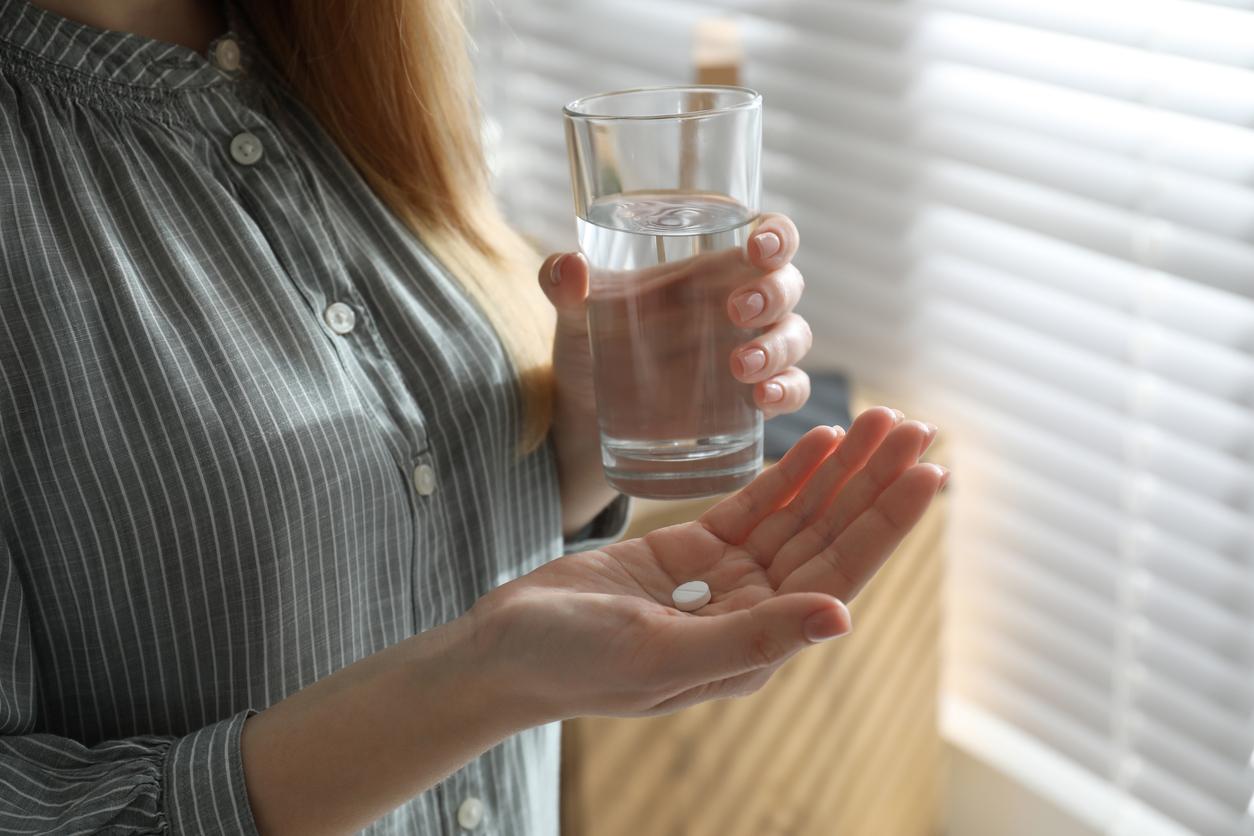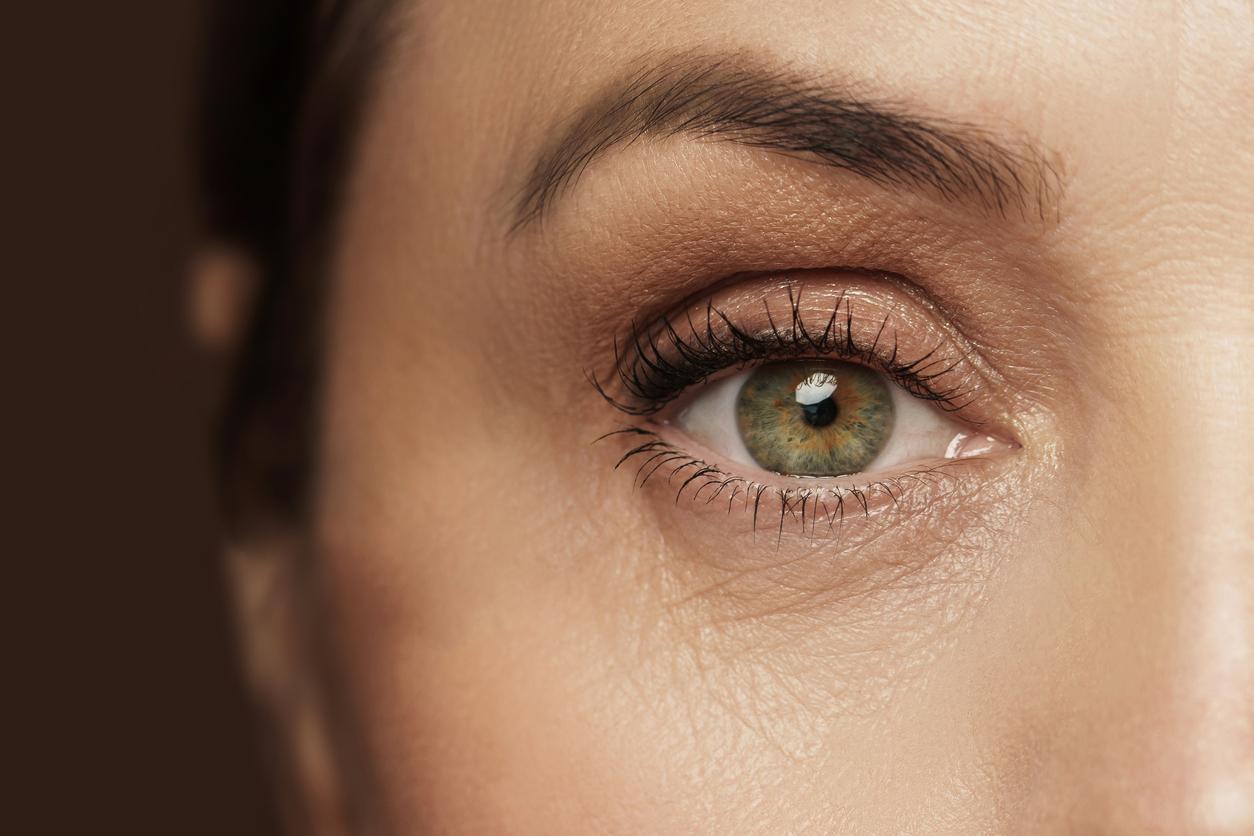Could the LED bulbs we use daily be harmful to our eyesight? This is the question that researchers from Inserm (National Institute of Health and Medical Research) asked themselves because there is little information on the impact of the rays emitted by these bulbs which replaced the bulbs with incandescent for energy saving reasons.
In their study, the researchers first showed that, regardless of the type of bulbs used, exposure to high light intensity (6000 lux) for 24 hours alters the retina of rats whose pupils have been dilated. On the other hand, by exposing the rodents for 24 hours to a light intensity similar to that usually used in homes (500 lux), only LEDs appeared harmful.
LED bulbs create white light by combining two lights: yellow and blue. However, the rays of the latter are more energetic. The question of the health risk associated with these bulbs therefore arises.
Only one culprit: blue light
“Our cells have repair mechanisms which undoubtedly make it possible to partially correct the lesions induced by LEDs. But we have a light capital, just as our skin has a sun capital. One can wonder whether our household bulbs do not promote its light. early exhaustion, and thus the evolution towards Macular degeneration (AMD) “ explains Alicia Torriglia, who supervised this work at Inserm.
This is not the first time that the phototoxicity of LEDs has been singled out. A 2013 Spanish study showed that blue light can destroy retinal cells irreversibly.
As a precautionary principle, the researchers therefore call for a next generation of household bulbs, in which the proportion of blue light would be reduced.
Read also :
Blue light interferes with the quality of sleep
Exposure to blue light would help heal better


















